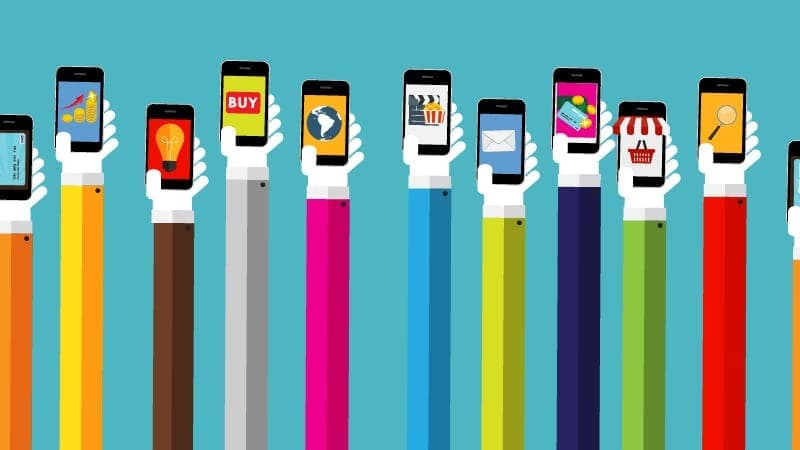Picture yourself in the center of a large auditorium, wearing a blindfold. The blindfold is a wispy, translucent fabric… so you can see the people around you: their form, their coming and going; you can identify a few familiar faces.
What you can’t see is their expression, their engagement with you, their reaction to your messages.
But still, you keep talking. You share what’s on your mind in short bursts. You leave the room and return and collect messages people have left behind, straining to decipher their intonation and intention.
Mostly, you believe the best about the people around you: they are friendly, engaging, positive; they are interested in what you have to say, just as you are interested in them.
But, you have doubts. You’re not really sure who hears what you’re saying. Is anyone really listening, reading, watching? Does the message get through? Are you talking to an empty room? Have the people walked away, fallen asleep, lost interest? Have you offended someone? Inspired them? Are they laughing at you or cheering for you?
When we get involved with connecting and communicating with others via social media, it is difficult to gauge people’s reactions to our communication. Here’s why:
Most forms of social media communication are indirect. We address our communication to everyone… and no one. We could be speaking to a crowd of thousands or an audience of one.
Of course, social media is not without feedback. People may comment on your status updates on Facebook or comment on your blog. They may “like” your pictures or retweet something you’ve said. You can check your blog stats and count your page views.
But many, many people could be reading your messages and not responding at all. They’re paying attention, but you have no way of knowing. Or, you might assume people are paying attention and really they’re not engaged at all.
Have you ever met up with someone in real life that you haven’t seen in awhile, and been surprised to find out they’re up-to-date with your life even though you haven’t communicated directly? They’re reading your blog or your Facebook updates so they already know about your sprained ankle, your recent trip overseas. Or, you feel frustrated because you assume someone should know about your recent tragedy, but they haven’t seen your tweets at all.
So what do you do?
Choose direct forms of communication when you want to be sure your message gets through.
Send an email, make a phone call, video chat on Skype, meet someone in person.
Tear off your blindfold and directly connect with others.
Join the conversation!
What do you do to connect directly with others?
How do you overcome the disadvantages of social media communication?

I am the founder/CEO of the Weaving Influence team, the author of Reach: Creating the Biggest Possible Audience for Your Message, Book, or Cause, and the host of the Book Marketing Action Podcast. I’m a wife and mom of three kids, and I enjoy running, reading, writing, coffee, and dark chocolate.


I think my comfort with social media comes from my years of serving as pastor in local congregations. Each week I prepared and delivered a message that was meant to inspire, provide hope, and drive action. The polite handshake at the end of the service was the typical feedback. But I never knew what folks really took away from that experience.
Like blogs and tweets, my sermons were not lectures (take notes and be prepared for a test.) They are words, thoughts, and perspectives offered to others; they created a sacred space where each person could receive them in their own way and do with them what they chose to do. Then, in pastoral visits, classes, and counseling, we met face to face and made personal application of those ideas.
Becky,
What you describe here applies to all forms of communication, it’s important to choose direct actions, language, and strategies! How do we really know our message was received as intended and if it has impact, unless we ask!
Asking is a tough challenge! We have to be prepared for all feedback (good and not-so-good), have plans for what we do with this feedback… and what to do if the feedback throws us for a loop!
The key message is to Go For It! “Tear off your blindfold and directly connect with others.” I love the raw imagery in this sentence… I am inspired!
Sonia